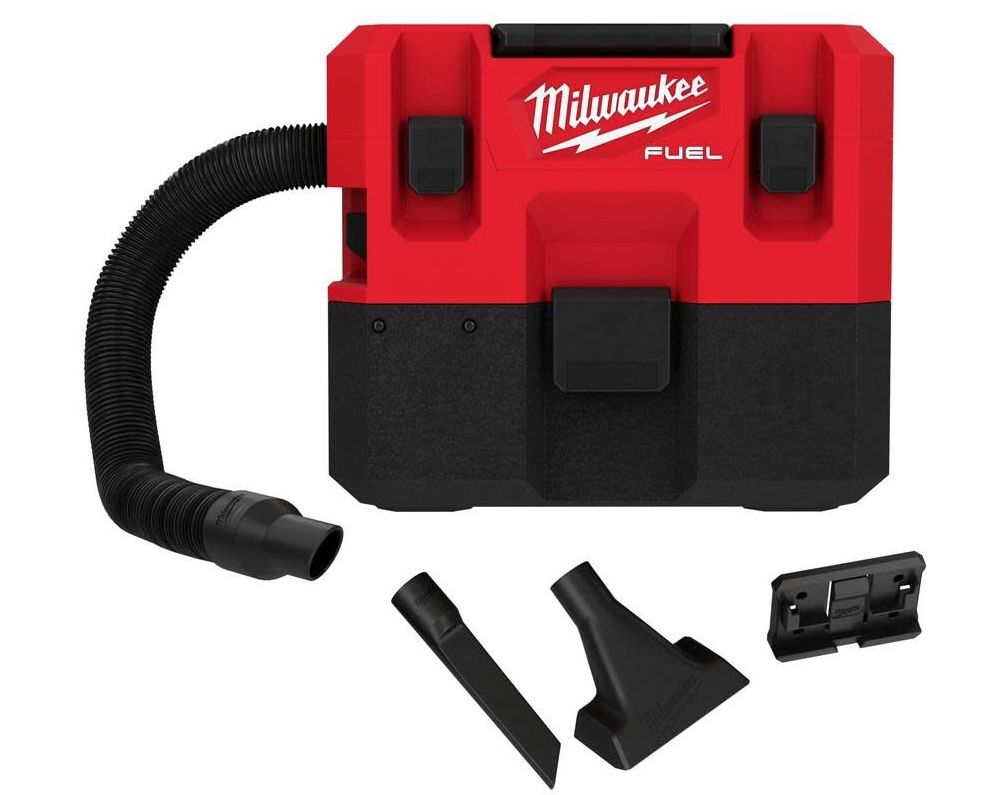I may be older than most of you. However, I am not behind the curve and continue to train. Evolving combat and shooting tactics demand study and range work. I use current firearms, the best I can afford.
It would be ridiculous not to train and teach with the firearms most of my students deploy. For some writers, their strong point is nostalgia. That’s fine for their niche, but not for advice on training. I occasionally see a feature in which a single-action revolver is touted as adequate for defense. Some are pushing discredited notions such as point shooting.

Red dot sights stress combat accuracy, demand training, and are a counterpoint to many outdated notions. I am familiar with Jung’s collective unconscious theory and make the most of harnessing the flight or fight reflex in training. Innate reactions must be understood. One of these reactions is keeping both eyes open. I also attempt to negate, as far as possible, the effects of age on my ability.
I test and evaluate many firearms. This is motivated by profession and a great deal of natural curiosity. As a result, I have limited time to master my personal carry gun — not the ideal situation. I stay sharp. My eyesight remains good, so I do not need eyeglasses.
Arthritis in my hands is limited and terrible in both knees. I would like to rip the knees out and replace them with Dana Spicer Dana 44 drive axle U joints. However, so far, the doctor doesn’t agree. At a minimum, the joints could use a good greasing.
Some time ago, I made the financial and practical decision to obtain examples of the Beretta 92, Glock, and SIG P-series to use when training police or military students. I keep a couple of good quality revolvers on hand, and I am glad to have done so. It is good to train with the same firearm the student will deploy.
Transition to Red Dots
You must get into the congregation, and not preach from the pulpit. As a result of this experience, I have a good grasp of the +/- attributes of most service pistols. More recently, modern red dot sights have begged my attention. My associates and I were doing fine with iron sights — usually XS or TruGlo night sights — and I didn’t see a need. However, visual acuity degrades with age, and I quickly realized many benefits from red dot sights. As it turned out, so do many shooters with perfect vision.

I have increased speed and accuracy, while making a lot of brass and shredding reams of paper in the process. Learning the red dot has been healthy — mentally, physically, and professionally. The time spent during the transition has been a worthwhile investment. I did not go cheap on firearms or optics. Not the most expensive, but service-grade gear that included a Shadow Systems and Holosun 407 combination and SIG P365 XL and Romeo red dot.
The process goes beyond simply firing with both eyes open and looking through the sight. To perform an evaluation, you must understand where you come up short. In the beginning, although my iron sights were in co-witness, I was consistently coming up with the red dot high in the sight window.
A 2 MOA red dot is about seven times as large as the front sight we normally focus on. You cannot hold the dot perfectly steady. Get on target, get the dot on the center of mass, and retain slow-fire precision when engaging multiple targets and speed shooting. Firing with both eyes open is necessary. Red dots, which I found challenging at first, were providing real speed and accuracy — after acclimation.

Adopting the red dot and a red dot-equipped pistol alone will not enhance your accuracy potential. Work out the changes. 500 presentations from the holster with the dot ending up centered on the X is a beginning. It isn’t simply looking through the red dot with both eyes open. There is a modification to the grip inherent in mastering the red dot sight.
The underlying skills of ‘grip’ and ‘follow-through’ are maintained. Most of us will need to modify the firing grip to properly present the dot on the target. It’s beneficial to obtain training from an instructor who has trained extensively with the red dot sight. As you train, you will realize there are few drawbacks to the system.
When firing with the non-dominant hand, you may experience some parallax, but this is quickly adjusted for. Unlimited eye relief is a plus that helps at longer range. Get with the program, and discover the advantages of the red dot sight. But only if you are willing to train to the red dot’s capability.

A Few Words About Training
Training and practice are not interchangeable. Practice is simply repeating a known skill. Training is learning a new skill. A lot of people enjoy firing a drill they have mastered. We need a challenge. We must get away from known skills and learn to learn. Sure, learning to quickly get hits at known ranges is good, but you should extend the drill to unknown ranges.
Capabilities do not grow without effort. Acknowledge shortcomings. Limit weaknesses and improve on strengths to obtain a balance. Once you reach a certain level of proficiency, be certain to limit practicing known drills to perhaps half of your range time.
The presentation is important, so is being fast for close-range work. Let’s not forget weak side and barricade shooting as well. Learning the red dot was a humbling experience and resulted in my growth as a shooter.
Do you run a red dot sight on your defensive handgun or rifle? How do you train with it? What steps did you take to make the transition from irons to a red dot? Share your answers in the Comment section.

















